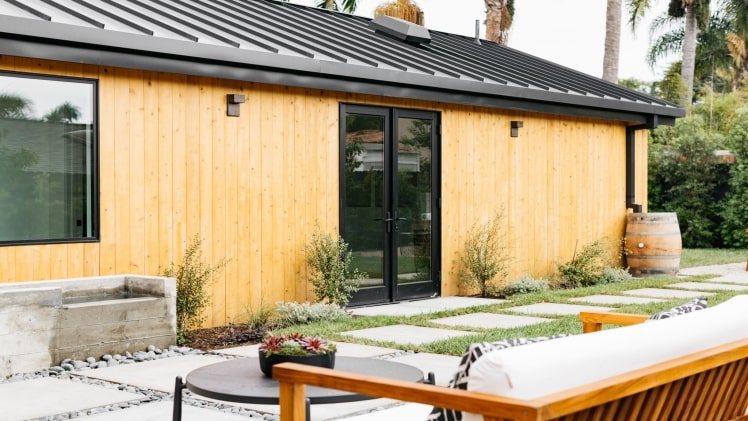More and more people are choosing to use metal roofing over more conventional roofing materials. A metal roof has one of the best life expectancies of all asphalt shingles, ranging from 40 to 70 years. One of the best qualities of this roofing is how long-lasting it is. Additionally, it just needs minor upkeep.
Metal roofs are becoming more commonplace due to their durability, ease of maintenance, and variety of available materials. Some individuals might understand when a metal roof must be replaced. The sort of roofing materials, the weather, and the degree of liability to the weather will all affect the precise replacement timetable.
A custom-maintained, high-quality metal roof should survive for ages with the right treatment and upkeep. Regular checks of metal roofs are advised, but annual assessments are essential to keep them in excellent condition. The following list of breakdown warning signals will be covered in this article.
Indicators that you should replace your metal roof
The best roofing materials for durability are metal roofs. Check out all the different colors of metal roofing here https://allseasonsroofer.com/metal/. Repairing a metal roof is not always a solution. The replacement of the roof will occasionally be the only choice. Here the question arises when to replace a metal roof.
Peeling paint
Most metal roofs have a resistant paint finish that provides security from moisture and rainfall. The covering may distort due to variations in the temperature. Similar harm can be done by shrapnel. If it happens, think about replacing your metal roof when you notice a lot of corrosion or when the color on your metal panels is severely fading.
If this coat of varnish is ruined, your roof will be left susceptible to the surroundings. Your roof is probably severely deteriorated and corroded and could need to be replaced if the paint degradation is substantial and has been present for a time.
Roofing that is cracked and stained
Your metal roof will be subjected to the outdoors and susceptible to corrosion if the insulating layer of varnish is weakened. In roofs made of several materials, corrosion may also happen due to metal friction. As a result of the cracks caused by the rust, your roof will become vulnerable to water destruction. Severe rusting might quickly turn into an unattractive appearance.
In other instances, it can ruin the appearance of the whole home and its surroundings. The longevity of your metal roof will be affected by anything that dings, rivets, or scrapes the coated surface. The metal roof needs to be replaced if significant corrosion occurs.
Deterioration
A metal can disintegrate for various causes, maturing being perhaps the most significant. Extreme temperatures and extensive corrosion that have been neglected can cause mental deterioration. You may be sure you’ll eventually need to have a new metal roof when your current one starts to disintegrate. It is one of the most typical reasons for a new metal roof requirement.
Even though rust, leaks, and decay are a few of the distinct signals that you may be required to repair your roof, you may experience a mix of these symptoms. Leaks could very easily be caused by deterioration and corrosion. All three indications might be evident in that scenario.
Tears and punctures
Your metal roof is strong enough to endure being stepped on. Furthermore, you can damage or pierce it based on how much pressure you apply to your roof. The stability of your roof will be threatened if it has numerous tears and punctures. If the condition is severe, make sure to repair the complete roof in addition to the damaged sections.
Likewise, a tree limb or any other heavy object that falls on the roof during a hurricane could result in a tear or puncture.
Sagging
One of the most frequent issues owners have with their roofs is sagging. Shingles or other roofing materials that seem to “bend” or “stretch” at numerous places on the roof are known as a sagging façade, which might have several causes. Metal roofing rarely faces sagging because of its endurance.
However, it would be incredibly worrying if it did. This sort of issue is a red flag that the structural elements of your roof are seriously compromised. Both substantial rotting and damaged roofing components are potential explanations for this sag. The roofer can then suggest completely replacing the roof.
Conclusion
The implication is that if you haven’t yet chosen to replace a metal roof, be aware of all the indicators that could give you a heads-up that the roof must be replaced. Because it is durable, fireproof, and corrosion-resistant, metal is a superb choice for roofing. While metal roofing has advantages, it also has some drawbacks. Knowing this information may enable you to save money over time.

